The Mansion Block represents a uniquely British take on the challenges of accommodating a growing urban population through apartment living.
Its origins are entwined with the rapid increase in London’s population during the Victorian era, rising from 1 million at the start of the 19th century to 5.5 million by the end. This greatly increased the demand for housing that used space more efficiently than the low-rise terraces that had previously dominated the urban fabric.
These buildings were in many ways the original Build to Rent model, constructed and leased out by speculative developers from the 1850s onwards. This enabled an aspirational middle class to live in desirable locations.
The name derives from their resemblance to the mansions of the nobility, evoking a grandeur that was made available to a wider public. The results were taller-than-average buildings with strong massing, softened by often intricate façades and iron railed balconies. They created a new kind of street with a more metropolitan character that promoted a denser, culturally rich, and dynamic way of city living.
The building type made its way to London via Paris’s Haussmann apartments as well as the Scottish tenements. Despite these imported legacies, the designs were quickly reimagined. The unmistakable red brick and white stone frontages have become a quintessential image of London housing. The mansions along Prince of Wales Drive, directly opposite Battersea Park and built in the 1890s, provide some of the defining examples of this period.
Prince of Wales Drive Mansion Blocks transaction values compared to Battersea Park area average to Jul-23
.jpg)
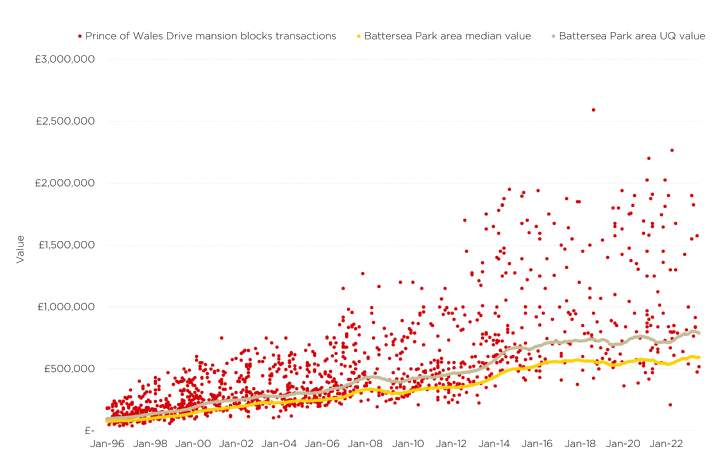
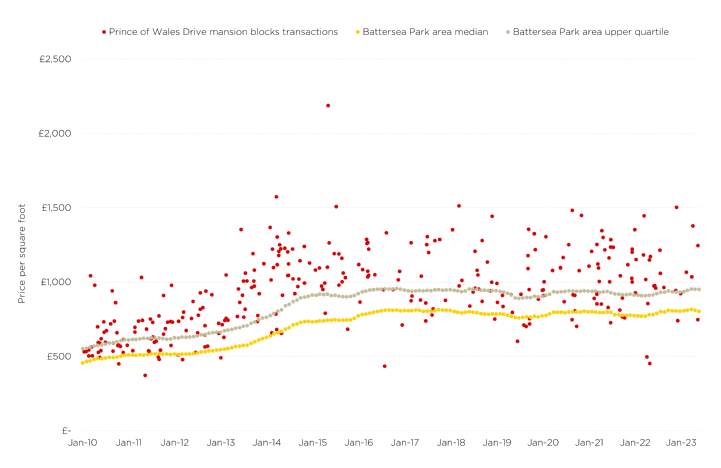

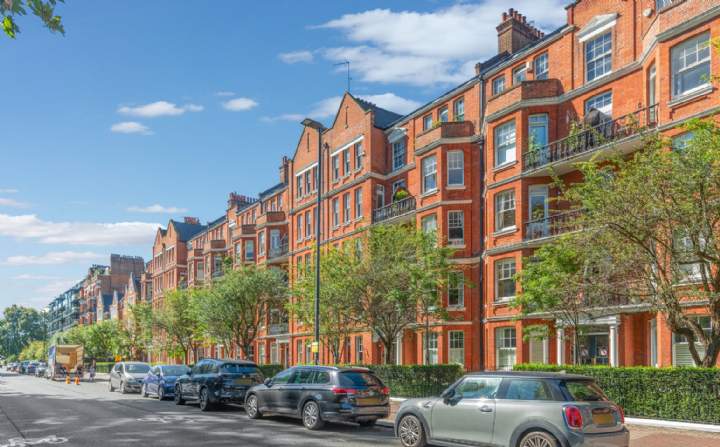
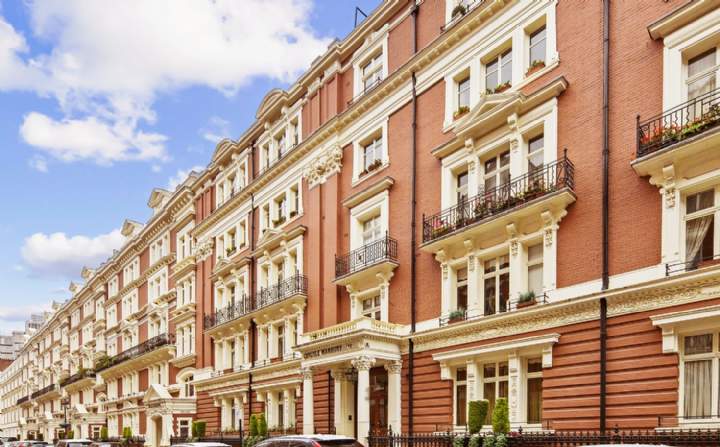
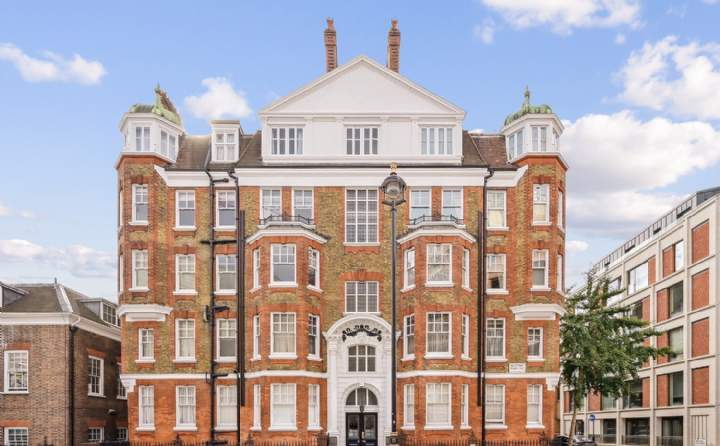

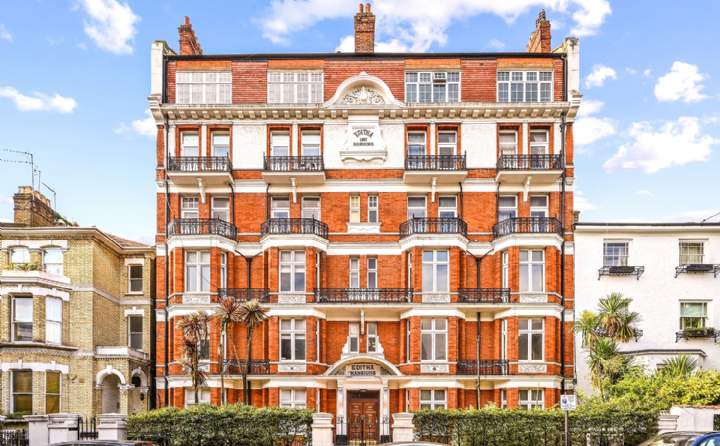
.jpg)
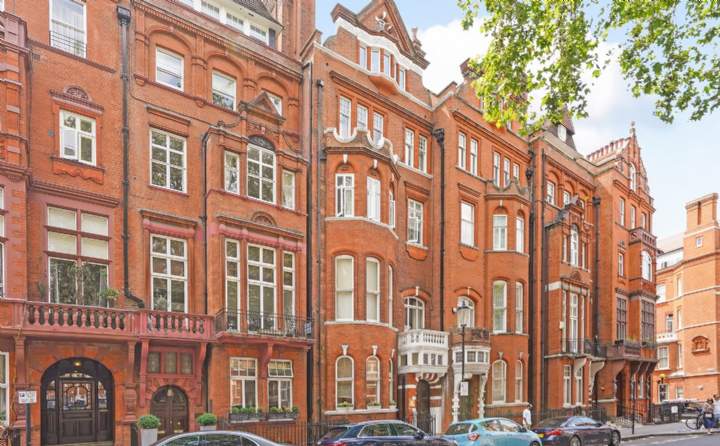
.jpg)
.jpg)

.jpg)
.jpg)
.jpg)
.jpg)
(2).jpg)
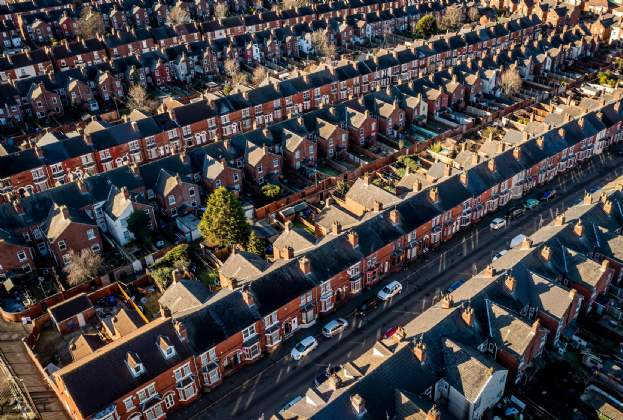
.jpg)